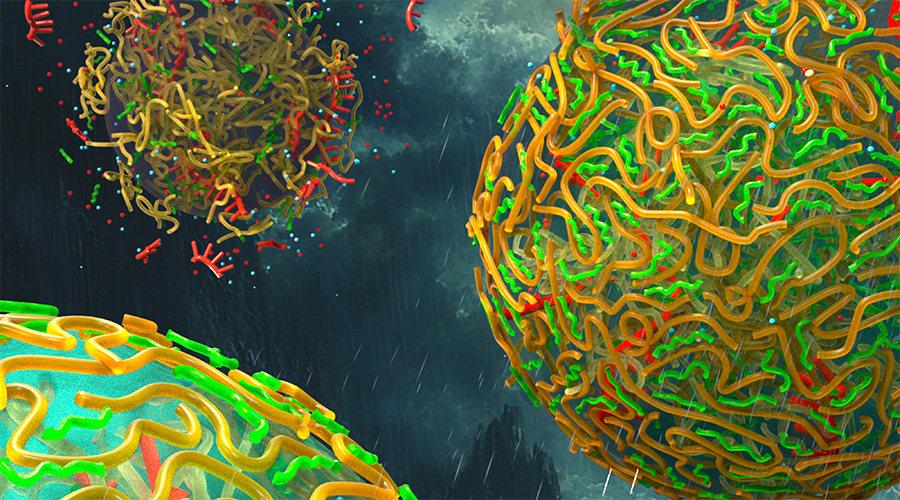Every year on March 22, the United Nations observes World Water Day, highlighting the crucial human need for access to clean water and the global challenges we face in securing that access. According to the United Nations, currently 2.2 billion people live without access to safely managed drinking water services.
Last year, Prof. Junhong Chen of the University of Chicago Pritzker School of Molecular Engineering (UChicago PME) took a leading role in the unprecedented Chicago-based Great Lakes ReNEW coalition, which has a central mission of recycling used water to create a new clean water resource, as well as using the contaminants to build clean energy batteries.
Other researchers at UChicago PME are working on a range of research projects related to water, from designing components for batteries that don’t use the harmful pollutants known as PFAS, to developing better membrane technology to decontaminate water, to examining the connection between water and the very origin of life on Earth.
Learn more about the latest advances at UChicago PME and our partner organizations:
Next-gen batteries without “forever chemicals”
Demand for batteries is on the rise for EVs and the grid-level energy storage needed to transition the planet off fossil fuels. But more batteries will mean more of a dangerous suite of materials used to build them: per- and polyfluoroalkyl substances, also known as PFAS or “forever chemicals.”
Asst. Prof. Chibueze Amanchukwu at UChicago PME wants to flip that script. In two recent papers, his research team designed two new families of PFAS-free solvents that make ideal components for next-generation batteries. The goal is to get ahead of PFAS pollution, giving future researchers a safe but powerful suite of chemicals to explore when designing batteries, turning “forever chemicals” into “never chemicals.”




